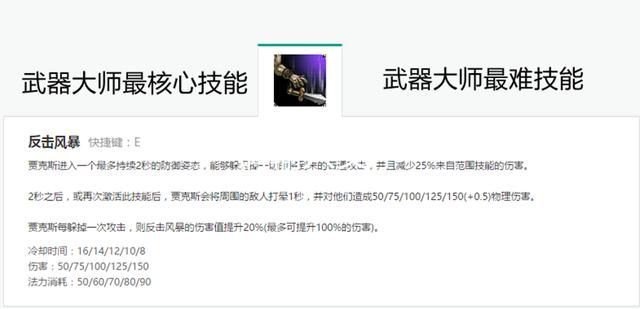ufo的真实事情(原来是这么来的)

The word UFO is an abbreviation which comes from the initial letters of the words ‘unidentified flying object’. A UFO is a mysterious object in the sky which can’t be explained by current scientific theories. UFOs are often associated with extraterrestrial beings: they’re believed to be the spaceships of the ‘little green men’ of science-fiction movies and stories.
“UFO”一词其实是由“unidentified flying object”的首字母缩略而成。“飞碟”(UFO)是空中的神秘飞行物,目前的科学理论尚无法解释它的存在。飞碟往往让人联想到外星人:它们被认为是科幻电影或故事中的“绿色小矮人”的宇宙飞船。

According to the Oxford English Dictionary, the term ‘unidentified flying object’ goes back at least to the 1950s: it is recorded in 1953, in a book by the US aviator and writer Donald Keyhoe. The OED also gives a citation in 1956 by Edward Ruppelt, an officer in the USAF, stating that he’d invented the term as a more general one to replace the earlier description for such objects, flying saucer.
根据《牛津英语词典》的记载,“unidentified flying object”一词可以追溯到二十世纪五十年代:在1953年,美国的飞行员和作家Donald Keyhoe在他的书中使用了该词。《牛津英语词典》也引用了美国空军军官Edward Ruppelt于1956年所说的话,他这样说道:他发明了这个UFO这个含义更为笼统的词语,来代替之前的flying saucer一词。

Strange objects in the sky were first named flying saucers in the 1940s: the first OED citation is from The Times, in 1947. They were so called because of an account by a US pilot, Kenneth Arnold, who stated in various newspaper and radio interviews of that year that he’d seen ‘saucer-like’ objects in the sky while he was flying past Mount Rainier. The media seemed to have quickly changed this to the snappier ‘flying saucer’ and so the term was born. By the time Ruppelt and his USAF colleagues were investigating reports of these sightings in the 1950s, it was clear that ‘saucer’ was too limited a description, since the objects in question were said to be of many different shapes: hence Ruppelt’s invention of ‘UFO’.
早在二十世纪四十年代,人们起初用的是“飞碟”(flying saucer)一词来指代空中的不明飞行物,而《牛津英语词典》最早对该词的引用,源于1947年《泰晤士报》。这些不明飞行物之所以被叫做飞碟,是源于当初美国一个叫做Kenneth Arnold的飞行员的话,他在各个报纸和电台的受访中,声称自己当年在飞越雷尼尔山时,看到了空中的碟状物体。而媒体似乎很快就把这个“碟状物体”的说法改为了更为时髦的词语“飞碟(flying saucer)”,飞碟的说法由此诞生。等到Ruppelt和他的空军部队的同事们于二十世纪五十年代开始调查这些见闻时,“碟状物”的说法已经过于局限,因为被质疑的那些物体据说有很多种形状,因此Ruppelt发明了“UFO”一词。

UFOs captured the public’s imagination and it wasn’t long before sightings were reported from all over the world. The study of UFOs became known as ufology (recorded in The Times Literary Supplement in 1959) and experts in the field were named ufologists about four years later, even though research in this area isn’t generally regarded as an academic discipline.
UFO激发起了大众的遐想,很快世界各地都出现了关于目击到UFO的报道。而对UFO的研究也逐渐被称为“飞碟学(ufology)”(该词于1959年记录于《泰晤士报文学增刊》),在飞碟学领域的专家也在四年后被称作“不明飞行物研究专家(ufologists)”,尽管这方面的研究作为一个学科并没有得到普遍的认可。

如果觉得好,欢迎继续关注支持廖怀宝的原创头条号“新概念英语的教与学”!,
免责声明:本文仅代表文章作者的个人观点,与本站无关。其原创性、真实性以及文中陈述文字和内容未经本站证实,对本文以及其中全部或者部分内容文字的真实性、完整性和原创性本站不作任何保证或承诺,请读者仅作参考,并自行核实相关内容。文章投诉邮箱:anhduc.ph@yahoo.com






